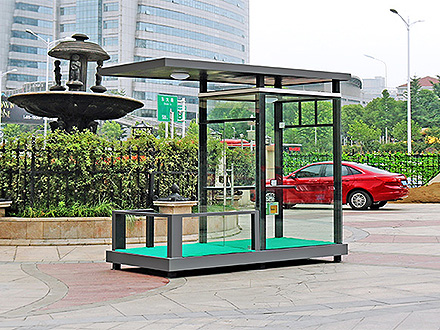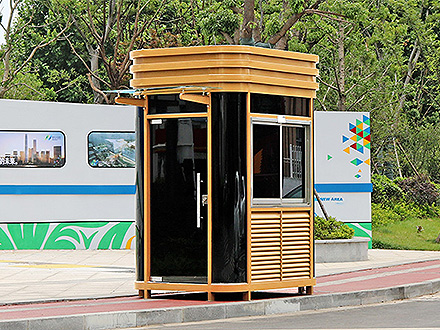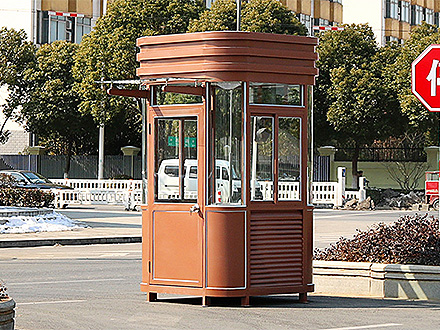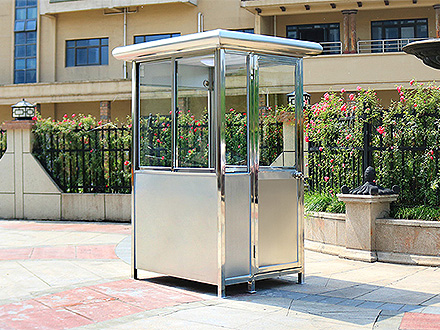Zhaozhou Bridge赵州桥Zhaozhou Bridge is also called Anji Bridge. It is on the Jiaohe River to the south of Zhaoxian County town, 45 kilometers southeast of Shijiazhuang, Hebei Province. Because lhe whole bridge was made of stone materials, it was called Big Stone Bridge by the local people. It was first built between 595 ~605 and the construction was supervised by Li Chun, a famous craftsman in the Sui Dynasty. The structure of Zhaozhou Bridge is original, and the appearance is beautiful. The ancient people said that The architecture is so novel that nobody knows how it was constructed. The bridge is 64.4 meters long, 9.6 meters wide and the span is 37. 2 meters. It is a single-hole arc bridge made up of 28 comparatively separate arches. The greatest scientific contribution of Zhaozhou Bridge is its pioneering work of open spandrel. At each shoulder of the main arch, there are 2 small parallel arches. This not only increases passages for the running water, decreases the weight of the bridge, and saves stone materials, but also enhances the stability of the bridge. Therefore, though l ,400 years has passed, having undergone many floods, eight earthquakes, and heavy traffic, it is still standing firm over the Jiaohe River. There are many beautiful legends about the construction of Zhaozhou Bridge. In the past, the Jiaohe River overflowed, and the local people could only ferry across by boat. Lu Ban, the carpenters ancestor, turned the sheep into stones overnight to make the bridge. Zhang Guolao and Chai Wangye, two immortals, came to test the solidity of the bridge. Zhang Guolao rode on the don-key-back, facing backward. In the long bag on the donkey-back, there were the sun and the moon. Chai Wangye pushed a one-wheeled cart, on which there were the five famous mountains in China. When they came to the middle of the bridge, it began to shake and was likely to fall down. Seeing the situation was unfavorable, Lu Ban jumped into the water, and held up the bridge with his hands. Luckily, the bridge was safe and sound. So there left on the surface of the bridge clear hoof prints of the donkey and a rut. Lu Bans fingerprints were also left on the arch of the bridge. Just like what was sung in the folk song Child Cowherd, Zhaozhou Bridge was built by Lu Ban, and the boulder railings were left by sages. Zhang Guolao passed the bridge on the donkey-back, and Chai Wangye made a rut by pushing the cart on the bridge. 赵州桥,又名安济桥,坐落于在石家庄东南45千米赵县城南汶河之上,因桥体全部用石料竣工,当地又称大石桥。初建隋代开皇至大业年间(595-605),由匠师李春监造。赵州桥结构新奇,造型美观,古人说道它“生产奇特,人不知其所以为”。桥全长64.4米,长9.6米,跨度37. 02米,是一座由28道比较独立国家的拱券构成的单孔弧形大桥。
赵州桥仅次于的科学贡献就是它“帷肩拱顶”的先例。在大拱顶两肩,砖了四个三大小孔,既减小流水地下通道,减低桥身重量,节省石料,又强化了桥身稳定性。这就有力地确保了赵州桥在1400年的历史中,遭受寄居了多次洪水冲击,8次大地震摇撼,以及车辆重压,仍耸立在汶河之上。
关于赵州桥的修建,有很多美丽的传说。昔日汶河水洪水泛滥,百姓只靠木船渡船。
木匠祖师鲁班一夜之间把羊群化为石头修建大桥。张果老和柴王爷一起来中举桥。
张果老推倒骑毛驴,驴腹褡裢里装有着日、月;柴王爷推小车,装载着五岳名山,他们行于桥中心,将桥压得摇摇欲坠。鲁班见势不妙,跳入跳进水中,用手将桥托住,石桥安然无恙。至今桥上面还留给了明晰的驴蹄印、车道沟和膝盖印;桥底保有着鲁班的手印。正如民歌《小种菜》所唱的:“赵州石桥鲁班爷建,玉石栏杆圣人拔;张果老骑驴桥上回头,柴王爷手推车碾了一道沟。
本文关键词:恒发国际appIM体育官方网站,恒发国际appIM体育官方网站最新版V7.24.568,恒发国际appIM体育官方网站(中国)官方网站·IOS/手机版APP下载/APP
本文来源:恒发国际appIM体育官方网站-www.jiayoupc.com






